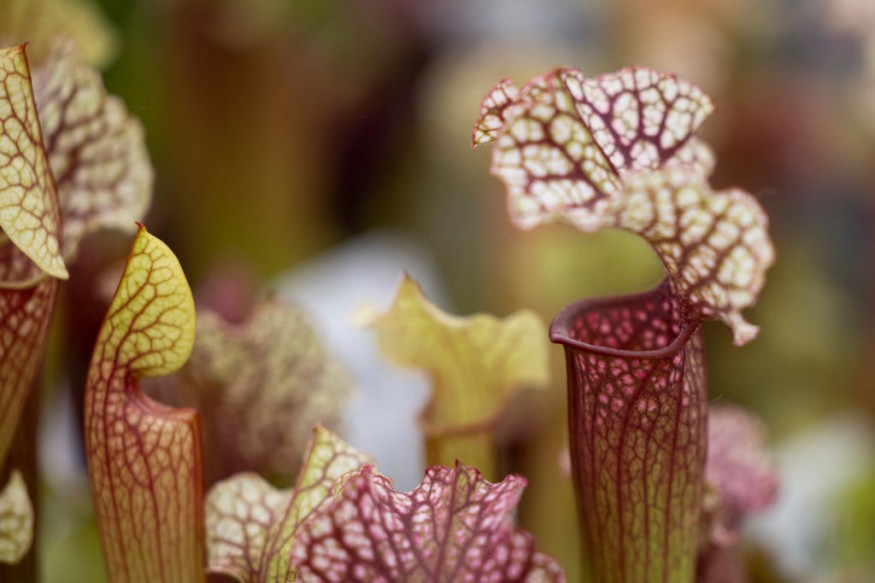Plants are often viewed as harmless, tranquil organisms that keep to themselves. Rarely do carnivorous plants get the same highlight. As the name suggests these types of plants eat prey, mostly bugs, but at times even small animals, and other nutrient-rich matters.
In the latest discovery, researchers have just reported the identification of a never-before-seen species of carnivorous plant, found on the islands of Borneo, Indonesia in a study published in the journal PhytoKeys, titled " First record of functional underground traps in a pitcher plant: Nepenthes pudica (Nepenthaceae), a new species from North Kalimantan, Borneo."
Newly Discovered Pitcher Plant Consumes Prey Like No Other

The newly discovered species, named Nepenthes Pudica, is a type of pitcher plant. However, the way it consumes its prey has never before been seen by botanists. Martin Dancak or Palacky University Olomouc, Czech Republic says in a media release that the recently discovered pitcher plant differs markedly from other known species of the plant.
N. pudica stands out from carnivorous plants in the way it lays its pitcher trap for its unlucky victims. Ordinarily, pitcher plants produce hollow cup-shaped tubes above ground, either at the soil surface or in trees, with the receptacle's slippery inner walls making it difficult for insects and small animals from climbing back out.
Once trapped, in the bottom cavity of the pitcher plant, the insects drown and dissolve in a well of the plant's digestive juices. On the other hand, N.pudica doesn't completely reinvent this concept but has changed the scenery.
On a field expedition in 2012 at North Kalimantan, researchers noticed the nepenthes plants strangely didn't seem to have any pitchers and had observed deformed pitchers protruding from the soil. Further investigations, which involved pulling up layers of moss covering the surface soil, revealed that numerous pitcher plants hid underground the soil, coming off shoots grown into the group as if specifically targeting bugs that dwelled inside the dirt, rather than on the topsoil, reports ScienceAlert.
Dancak explains that the newly discovered species places it almost 11 cm pitchers underground where they form cavities or directly in the soil and tram small animals living underground, usually beetles, mites, and ants.
ALSO READ : Secrets of Slow Aging and Longevity in Reptiles and Amphibians Discovered for the First Time
Bizarre Newly Discovered Pitcher Plant
Although different genera of carnivorous plants have been seen laying underground traps, this is the first-ever recorded instance of the pitfalls-like traps.
Researchers found and examined 17 species of the N.pudica, many showed signs of prey being digested inside their wells. Despite leaving traps underground, the carnivorous plant lives the high life, discovered in a mountains ridge region at elections of roughly 1,100 to 1,300 meters above sea levels.
Researchers believe that the conditions at altitudes also factor in why the partly subterranean pitcher plant is inclined. The author of the study, Michal Golos, a University of Bristol plant biomechanics researcher explains that the team hypothesized that the underground cavities have more stable environmental conditions, such as humidity, and a presumably potential for prey during dry periods.
Check out more news and information on Biology in Science Times.












